The first step in the home buying process is determining how much house you can afford.
Your lender will take a number of factors into consideration—including your debt-to-income ratio, your credit score, and your intended down payment, plus projected taxes, insurance, and closing costs—and provide you with the maximum home price you can afford.
But before you go shopping for houses at the very tippy-top of your budget, there are additional costs to be considered:
1. Utilities –
Water, electricity, garbage, and sewer bills can add up. When you’re interested in a home, check out the average utility bills provided in the listing information. If it’s not provided, have your trusted and pro-active real estate agent ask for it.
And for more accurate information, don’t be afraid to ask the seller for copies of their most recent utility bill statements! HOA fees – These fees can range from the minuscule to the obscene.
Twenty-five bucks a year is no biggie—but a payment like $250 a month will greatly impact the amount of house you can afford.
2. Home maintenance –
Did you fall in love with a home that has a beautiful, expansive lawn? Do you have zero intentions of mowing/bush-cutting it yourself?
Does the house have a pool?
You need to figure out how much it will cost each month to hire out your lawn care and pool guys and then make sure that home still fits in your budget.
3. Repairs –
Some repairs can be predicted—a split AC usually has a life-span of 5 years—but others will catch you by surprise. It is recommended that you budget for home maintenance and repairs to cost 1% to 2% of your home’s value each year.
As you begin shopping for your new home, remember that just because your lender says you can afford a certain amount, it might make better financial sense to limit yourself to homes that are slightly below the very top of your budget.
For more information and tips about buying a home on Guam, email us at info@livingonguam.com. We are here to MOVE YOU FORWARD in your real estate goals!



